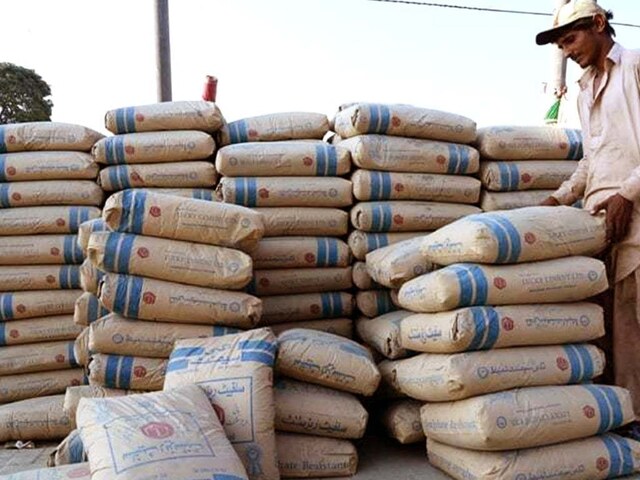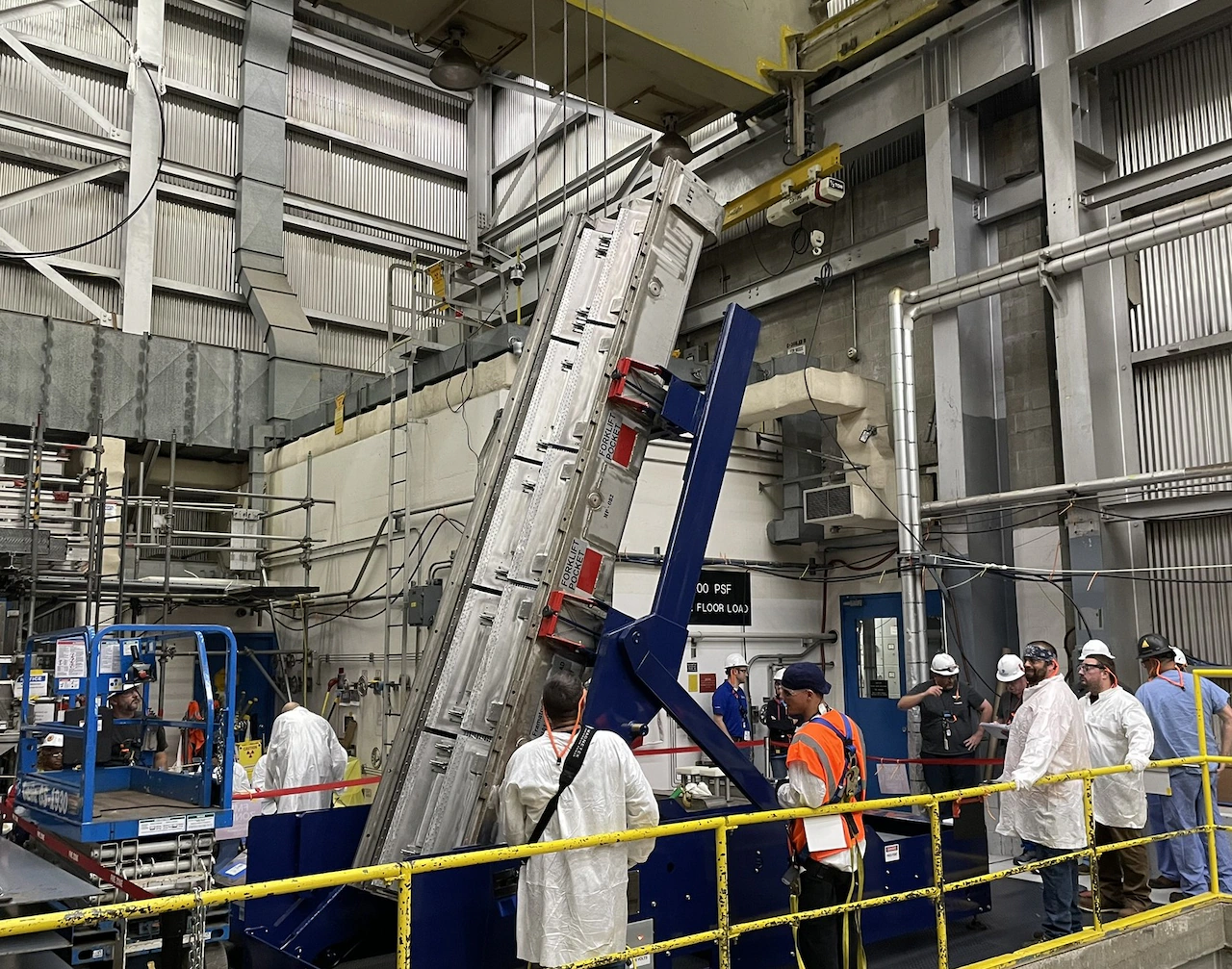Copyright brecorder

As the cement sector’s financial scorecard for the first quarter of FY26 (1QFY26) fills out, a clearer picture has begun to emerge, one that shows ademand recovery that is tempered by uneven gains. Based on the results of sixteen listed cement manufacturers, the industry has collectively reported a 56 percent jump in after-tax earnings, keeping the momentum going even as cost pressures rise. Industry revenues climbed 13 percent, supported by a 16 percent rise in volumetric sales, while exports jumped 21 percent, nudging their share of total dispatches up to 21 percent (from just under that during this period last year).other income buttering the bottom-line of firms by However, this resurgence in demand has not translated evenly across the board. The gross profit margin for the industry remained flat at 30 percent, suggesting that higher sales were offset by a competitive pricing environment. Though margins at the bottom linebenefited from lower finance costswhich fell by more than half as interest rates easedand from a sharp 83 percent rise in other income, much of it stemming from investments and exchange gains. Other income buttered the bottom-line (profits before tax) by 26 percent on average. That means, about 26 percent of the incomes are coming from non-core business operations—predominantly led by Lucky, Kohat, DGKC, MLCF and Thatta. Lucky Cement retained its position as the sector’s heavyweight with impressive 43 percent net margin that continues to retain its operational strength and diversified income streams. Bestway Cement, the second-largest player, followed with a decline in gross margins but net margins growing to 21 percent (from 16% in 1QFY25)emphasizing its ability to defend profitability despite higher production costs and weaker pricing. Smaller southern players such as Attock Cement (ACPL)delivered standout rebounds. The profits rose more than thirteenfold year-on-year, supported by a 64 percent jump in revenue and improved cost management. Among northern producers which serve as traditional profit engines, results were less stellar. Cherat Cement (CHCC) and Kohat Cement (KOHC), both mid-sized players that are typically ranked among the most efficient operatorsexperienced margin compression. Cherat’s revenues marked a 6 percent increase only which was supported by a 19 percent rise in volumes. Higher input costs, royalty hikes in Khyber Pakhtunkhwa, and a 14 percent decline in retention prices squeezed profitability. Gross margins fell to 36 percent from 40 percent, and net profits settled at Rs 2.1 billionup only slightly from last year. The company managed to contain some of the damage through energy mix optimization, expanding its solar power capacity and shifting to cheaper grid power while finance costs declined 39 percent on lower mark-up rates and debt repayments. Kohat Cement told a similar story. Total sales volumes jumped 19 percent year-on-year, with exports soaring more than threefold, yet fierce price competition diluted the gains from revenues. Sales rose just 2 percentand margins narrowed sharplywith the gross margin sliding to 34 percent from 43 percent, and net profit margins falling 29 percent from 34 percent. Even so, Kohat’s fundamentals remain sound. Its 28.5 MW coal-fired power plant expected to come online by year-end should lower energy costs and strengthen long-term competitiveness. Among other companies, results are more polarized. Maple Leaf Cement (MLCF) doubled its profits on the back of investment income and lower financial charges gaining a 16 percent net margin as a result. DG Khan Cement (DGKC) and Fauji Cement (FCCL) delivered steady results but with unspectacular earnings with what appears to be limited pricing leverage. Among smaller producers, Power Cement swung back to profitability with margins rising to 10 percent, though Flying Cement and Gharibwalcontinued to trail peers with low single-digit returns. Unlike the past three years, this quarter appears more volume-driven rather than price-led. Revenue per ton fell 2 percent, indicating retention prices to be overall lower while costs per ton slipped 1 percent. Overheads declined to 6 percent of revenue (from 7%) and financial charges halved (2% down from 5% of revenue), but even then, profitability is constrained by thin operating spreads. With the industry still utilizing only about half its installed capacity, the next few quarters will test whether this fragile balance can hold. Demand momentum is returning, buoyed by improved economic sentiment, the forthcoming housing subsidy and expanding exports, but producers face mounting pressure to protect market share. The coming months will see them jostle for a better share whilst keeping their hard-won margins intact.



